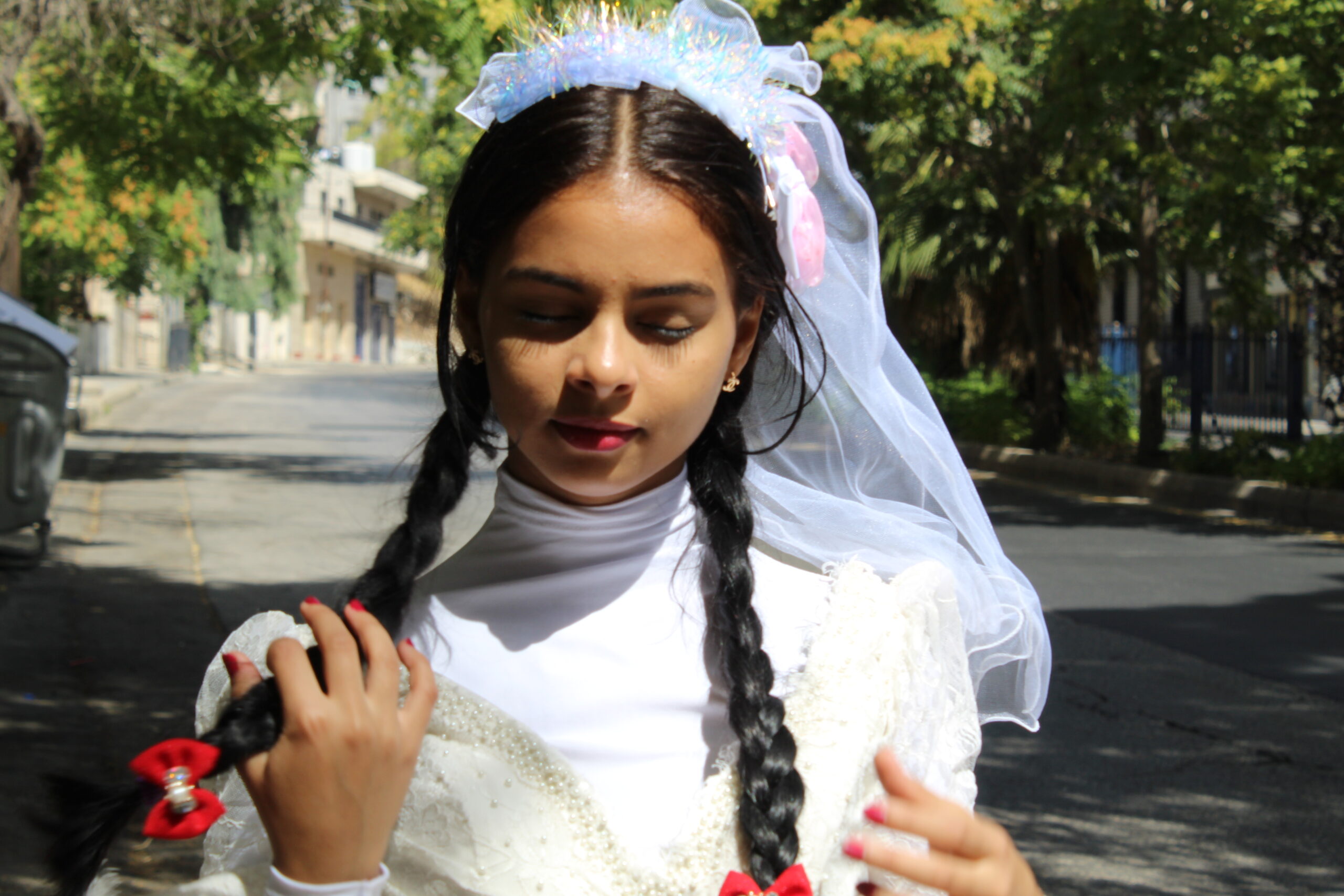Celebrating 30 Years: Reflecting on the Impact of the Child Rights Convention

Imagine a world where every child is treated with respect, dignity, and provided the opportunity to thrive. Such a world became a closer reality thirty years ago when the United Nations adopted the Convention on the Rights of the Child (CRC). Today, as we celebrate three decades since this historic milestone, it is crucial to reflect on the incredible impact this convention has had on the lives of children worldwide.
The CRC, ratified by almost every country on the planet, is a legally binding treaty that sets out the civil, political, economic, social, and cultural rights of every child. It is a powerful document that outlines the fundamental rights every child is entitled to, regardless of their race, ethnicity, gender, or social background.
One of the significant achievements of the CRC is the recognition of children as active participants in matters that concern them. The convention emphasizes the importance of listening to children’s voices and involving them in decision-making processes. Instead of considering children as mere recipients of care or services, the CRC acknowledges their agency and encourages their active involvement in shaping their own lives.
Through the CRC, children are ensured the right to education. Education is not just a means to acquire knowledge, but it is also a crucial component for personal and societal development. The convention emphasizes the importance of inclusive education, which provides equal opportunities for all children, regardless of their abilities or socio-economic status. It strives for education that nurtures a child’s talents, interests, and capabilities, promoting their holistic development.
Moreover, the CRC recognizes the right of children to be protected from violence, abuse, neglect, and exploitation. It stresses the importance of creating child-friendly and safe environments, both at home and in public spaces. This is achieved through the implementation of laws and policies that prohibit child labor, child marriage, and other forms of exploitation. The CRC also promotes the rehabilitation and reintegration of children who have been victims of violence, ensuring their well-being and protection.
Health and well-being are essential for children’s overall development and potential. The CRC highlights the right of every child to access healthcare services, clean water, nutritious food, and a safe environment. By placing a strong emphasis on preventive healthcare and regular check-ups, the convention aims to reduce child mortality rates and ensure optimal physical and mental well-being for children. The Convention also recognizes the importance of mental health and encourages the promotion of emotional well-being among children.
Joining hands to address the needs of vulnerable children is a key aspect of the CRC. The Convention acknowledges that some children need special care and assistance, such as those with disabilities or those who have been displaced due to conflict or disaster. It calls for comprehensive support systems that provide necessary resources and protection for these vulnerable groups, enabling them to fully enjoy their rights and live a dignified life.
Over the past three decades, the CRC has undeniably influenced the lives of millions of children worldwide. It has served as a powerful advocacy tool, inspiring policy changes at the national level and driving grassroots movements aimed at protecting children’s rights. The CRC has created a global framework that guides governments, civil society organizations, and individuals in their efforts to promote and protect child rights.
However, despite the progress achieved, numerous challenges and barriers persist. Millions of children still face discrimination, poverty, violence, and limited access to education and healthcare. As we celebrate the 30th anniversary of the CRC, it is a reminder that there is still much work to be done in terms of fully realizing and implementing the rights of every child.
As individuals, we can play a significant role in advocating for child rights. By raising awareness, supporting organizations that work tirelessly for children’s rights, and actively engaging in discussions and initiatives, we contribute to creating a more inclusive and equitable world for children. Together, we can ensure that the vision of the CRC becomes a reality for every child, allowing them to grow and thrive in a nurturing environment.
On this momentous occasion, let us reflect on the progress made, celebrate the achievements, and renew our commitment to promoting and protecting the rights of every child. Only through collective action and determination can we continue driving positive change and shaping a brighter future for generations to come.
Human right activist
Nada Foundation




